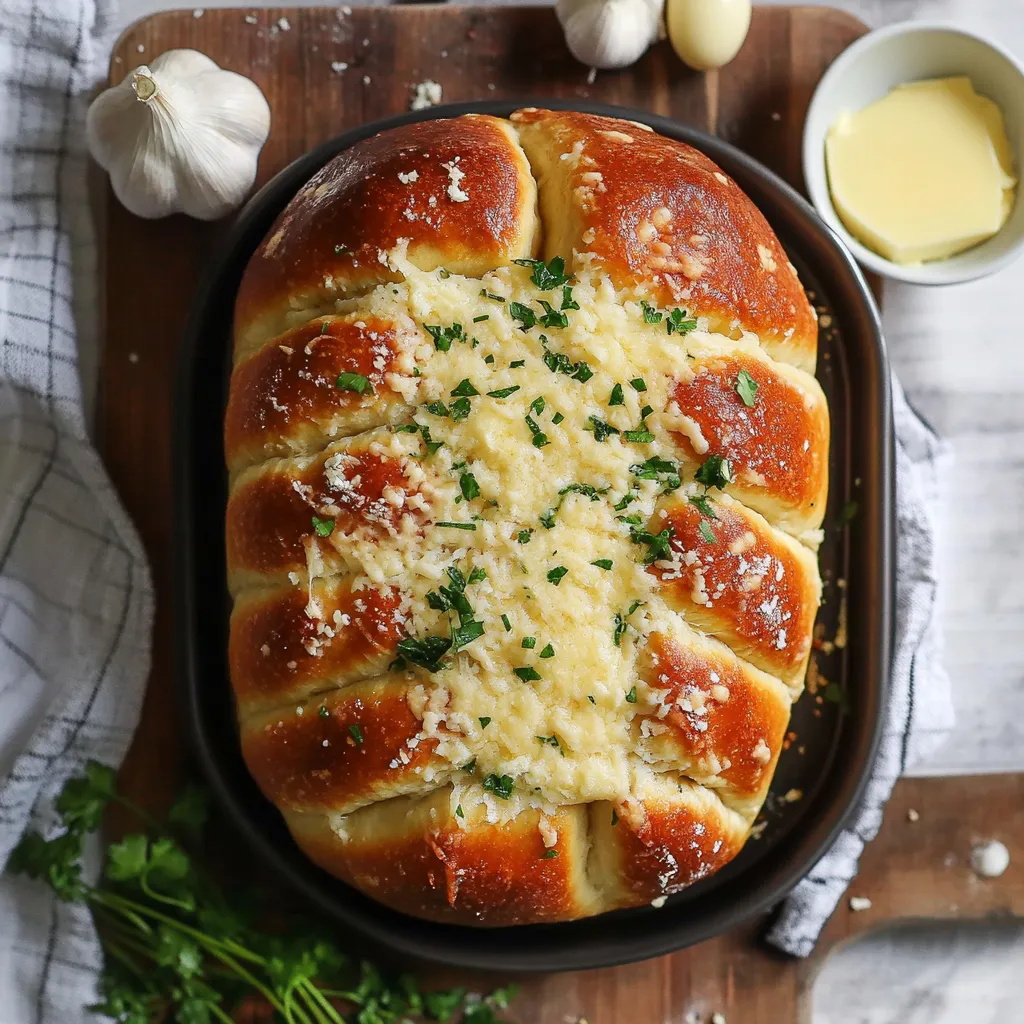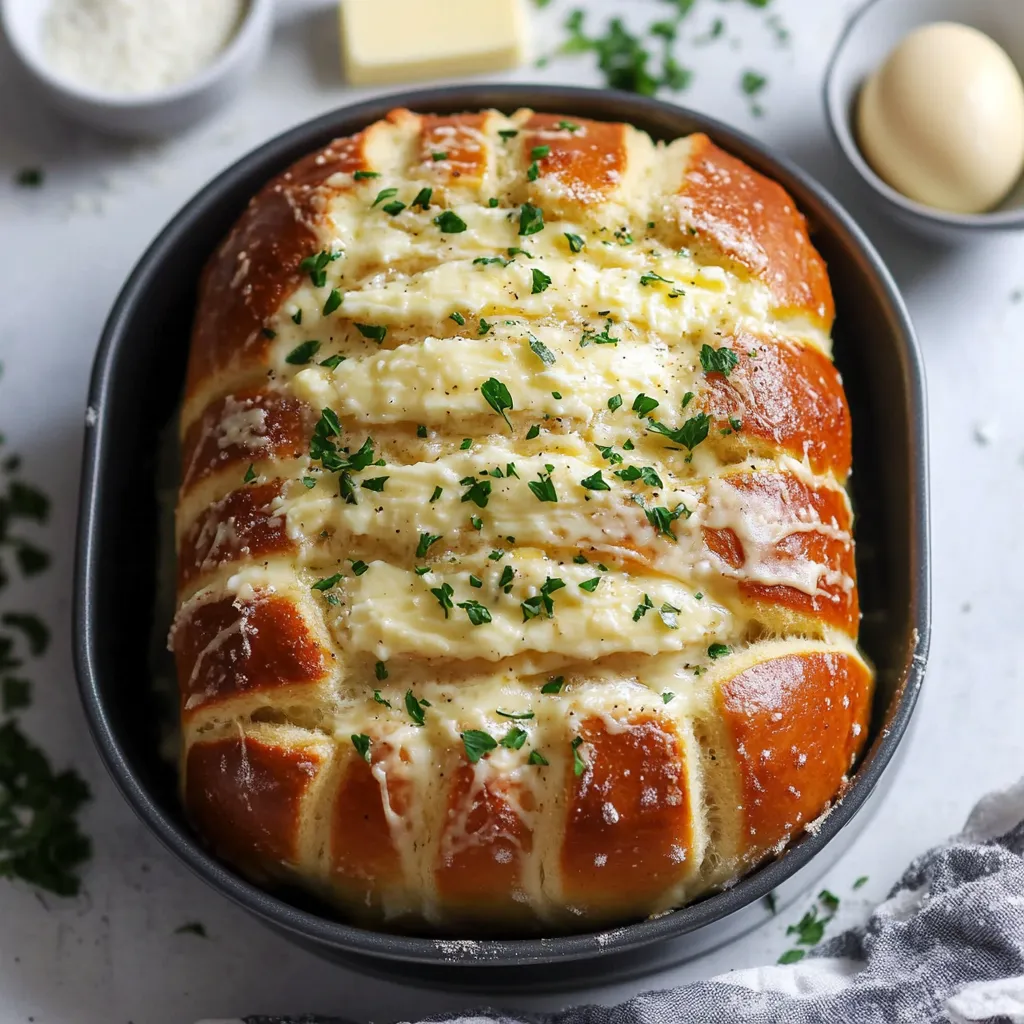 Pin it
Pin it
Crunchy on the outside, juicy inside—that's what keeps chicken katsu on repeat at my house. With an easy breading routine, plain chicken goes from boring to totally crave-worthy. That snap when you bite in, then soft, moist chicken inside? It's a combo people can't get enough of. My crew begs for this meal a couple times a month, so yeah, I've nailed it after making it who knows how many times.
Honestly, the very first time I tried making chicken katsu I doubted I'd get that real-deal crunch at home. After swapping out crumbs and trialing my frying skills, turns out that real panko is the trick. Now, my home version stands up to anything we've had out in Japan, plus it's way cheaper.
Mouthwatering Ingredients
- Salt and pepper: Sprinkle over the chicken to make the flavor pop.
- Vegetable oil: Use a plain oil that can get hot without burning.
- Fresh eggs: Helps all the layers stick. Let them hang out on the counter first—they work better when they're not cold.
- All-purpose flour: Goes on first so the coating sticks smooth and even. Sifting helps avoid lumps.
- Panko breadcrumbs: These leave your chicken super light and super crisp, never heavy.
- Chicken breasts: Look for thick, evenly sized pieces so they cook at the same speed. Good chicken makes a big difference.
Simple Prep Steps
- Rest after frying:
- Put the chicken on a wire rack when fried and let it chill for about five minutes. That way it stays crispy.
- Time to fry:
- When your oil's at 350°F, drop in the chicken and fry both sides for four minutes or until it's good and golden.
- Coating routine:
- Dust chicken with flour, dip it in the eggs, and then press it firmly into the panko till fully coated.
- Prepping stations:
- Line up three bowls—one with flour plus a little salt and pepper, one with beaten eggs, and one full of panko breadcrumbs.
- Season chicken well:
- Add salt and pepper to both sides, then leave it out for ten minutes to soak in.
- Make it even:
- Cover the chicken with plastic wrap. Hit it gently with a mallet or pan till it's only half an inch thick so it cooks evenly.
 Pin it
Pin it
My grandma always claimed the real secret for good katsu was the way you handle the breadcrumbs. When I stayed with her in Osaka, she taught me to gently press the panko into the chicken—not shake or toss it around. That gets you the rough, bumpy crust that holds a ton of sauce.
Tasty Sides
This chicken goes great next to fluffy white rice and a pile of thin-sliced cabbage with sesame dressing. If you want something filling, pour over some Japanese curry sauce and you've got katsu curry.
Fun Swaps
Use pork for classic tonkatsu or try extra-firm tofu if you're not eating meat. Toss a little curry powder in the flour or mix in grated parmesan with your panko for a twist. You can also air fry at 375°F for fifteen minutes for a lighter version.
Keeping It Tasty
If you end up with leftovers, put them in an airtight container and layer paper towels in between to keep things crisp. Pop them in a 350°F oven for ten minutes to warm them back up just right.
 Pin it
Pin it
My whole love for chicken katsu started after a trip to Japan where I watched a chef do his thing so perfectly. He took his time and didn't rush, making sure every detail was right—from coating the chicken just right to keeping an eye on the oil. That focus really changed how I make it now.
Frequently Asked Questions
- → What’s tangzhong and what does it do?
- Tangzhong is just cooking some flour and milk together before you add it to your dough. It locks in moisture, so the bread stays extra soft a lot longer—no weird preservatives needed.
- → I don’t own a stand mixer. Will this still work?
- Yep, you can knead it by hand. It’ll just need a strong 20-25 minutes of mixing until the dough is stretchy and smooth. If a little piece stretches super thin without tearing, you’re good to go.
- → Can I prep anything in advance?
- Sure! The garlic butter keeps in the fridge up to 3 days, just let it warm up before you use it. If you need, you can also chill the dough after the first rise overnight. Just let it sit out before you shape it.
- → Got other cheese options?
- Mozzarella gets you that classic stretch, but you could also toss in Gruyère, provolone, fontina, or even mix them up. Parmesan makes it even more savory if you want that bump in flavor.
- → How do I check if it’s baked through?
- Look for a golden top and an inside temp of about 200°F (95°C) with a thermometer. If it starts browning up top way too fast, just put some foil over it so it won’t burn.
- → What’s the best way to store leftovers?
- When it’s cooled down, keep any extra bread in an airtight box on the counter for a couple days. Heat up slices in the microwave, or warm the whole loaf in a low oven for a few minutes. Thanks to tangzhong, it’ll stay soft even after reheating.
